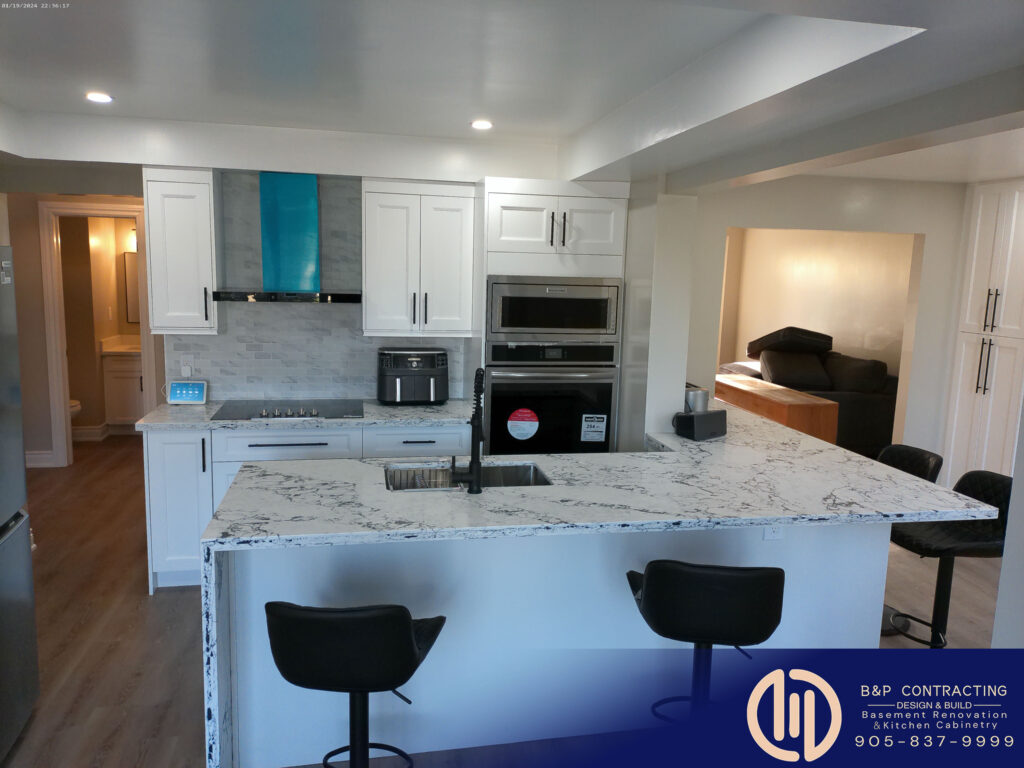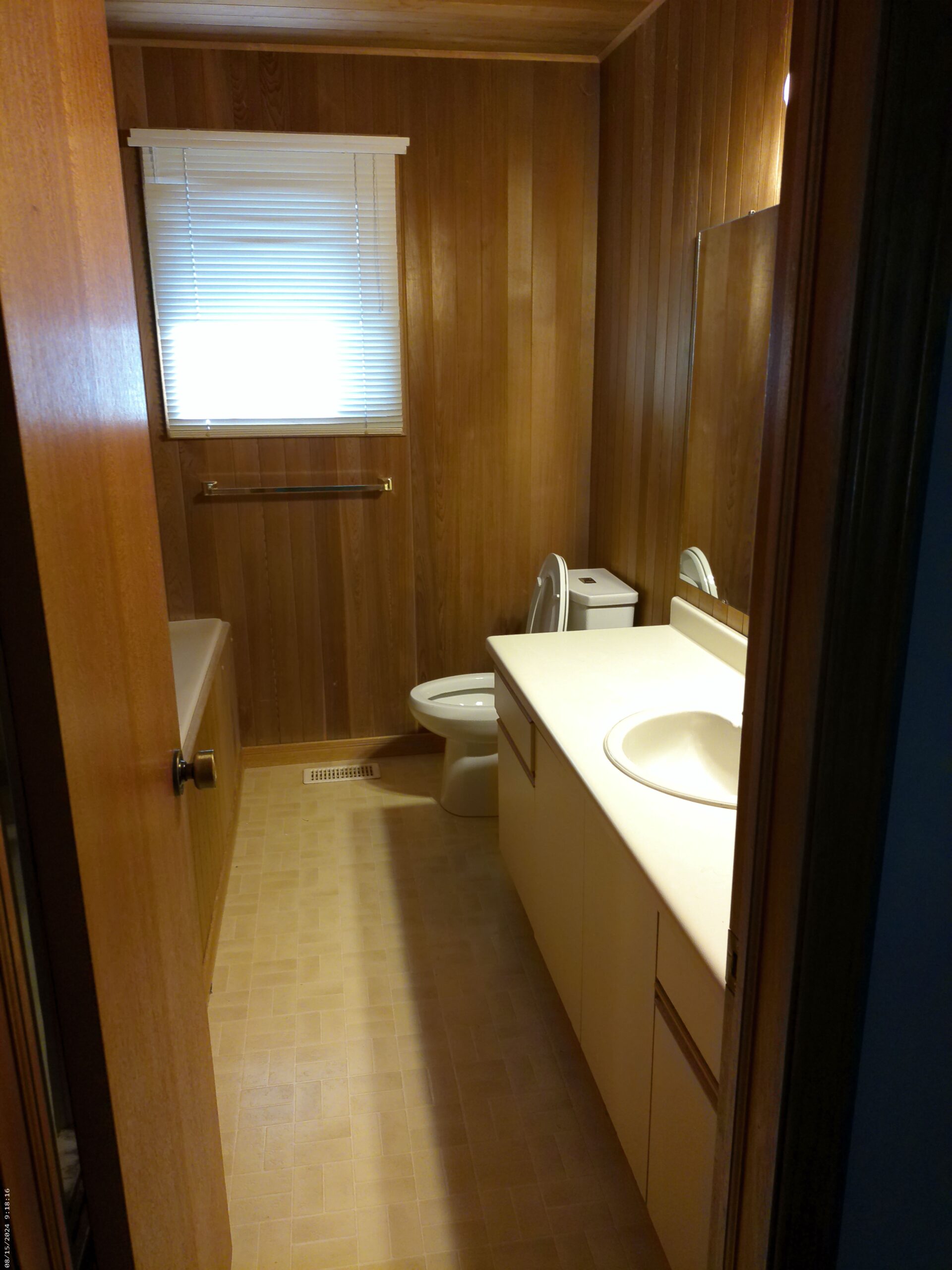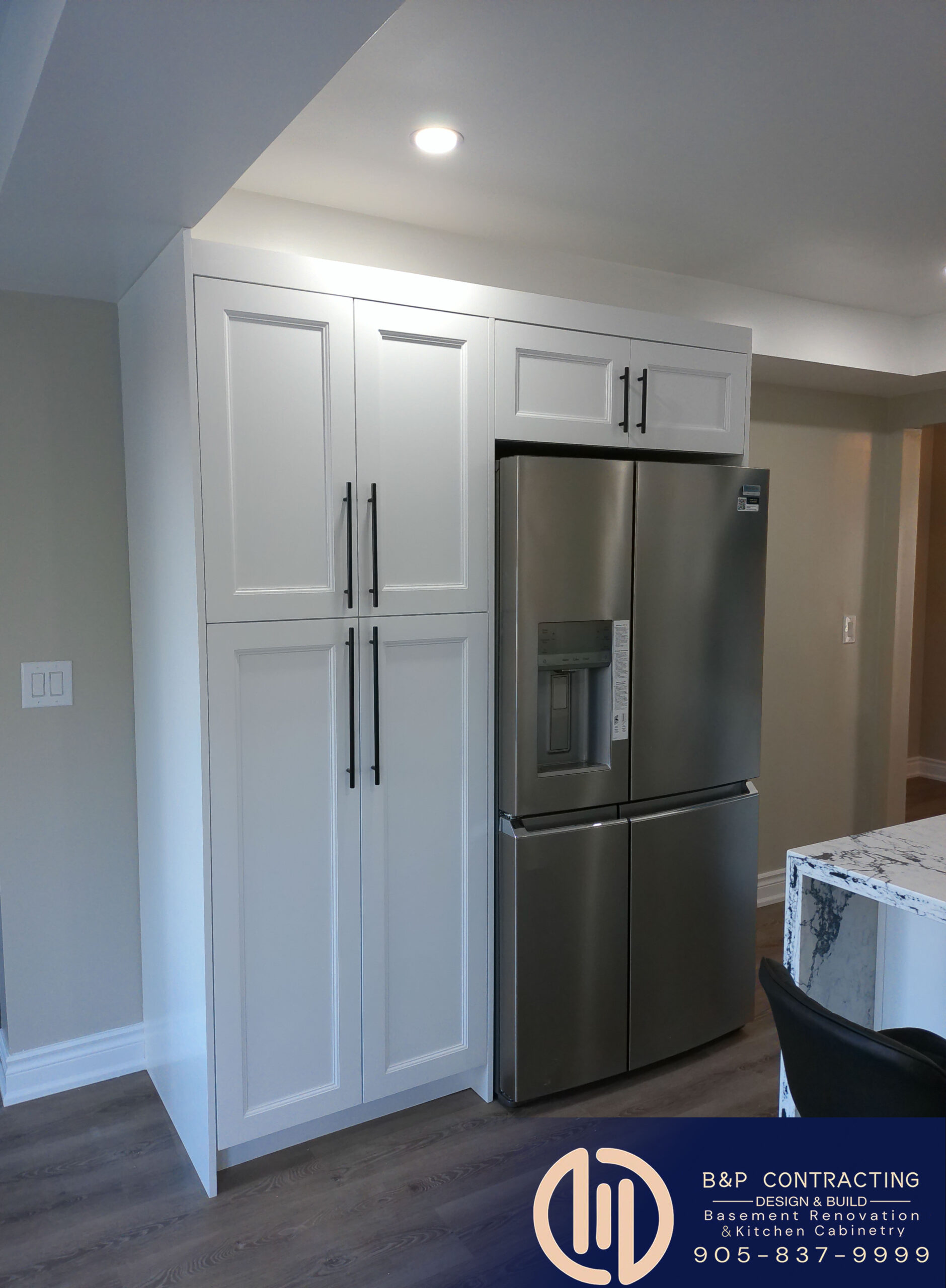Common Kitchen Layout Problems & Solutions
The kitchen is often regarded as the heart of the home. It’s where meals are prepared, conversations are had, and families gather. But a kitchen’s function and design are only as good as its layout. Whether you’re planning a remodel, redesigning a space, or simply looking to improve your kitchen’s flow, addressing common kitchen layout problems can make all the difference in both functionality and comfort.
In this article, we’ll explore the most frequent kitchen layout issues and provide solutions that can help optimize your space, improve workflow, and ultimately make cooking and entertaining a more enjoyable experience.
1.Lack of Counter Space
Problem: Inadequate counter space is one of the most common complaints among homeowners. A small kitchen or poor layout can leave you with too little space to prep meals, store appliances, or even place utensils and ingredients. When counter space is limited, the kitchen becomes cluttered, making it difficult to work efficiently.
Solution: Maximizing counter space is essential for any kitchen. If your kitchen layout is tight, consider expanding your counter space by installing an island, a breakfast bar, or a peninsula. If you can’t add new surfaces, make the most of what you already have by utilizing vertical storage options like shelves or hanging racks for pots and pans. Pull-out counter extensions and rolling carts are also great temporary additions that can be moved when needed.
Another strategy is to integrate countertop appliances into your cabinetry, freeing up surface space. Smart, multi-functional appliances, such as combination microwave-ovens or built-in coffee makers, can also minimize countertop clutter.
2.Not Enough Lighting
Problem: Proper lighting is critical for any kitchen, but poor lighting can make cooking dangerous and frustrating. A common problem in many kitchens is insufficient or poorly planned lighting, particularly over key work areas like the sink, stove, and countertops.
Solution: To fix lighting issues, aim for a mix of ambient, task, and accent lighting. Ambient lighting provides overall illumination, usually from ceiling fixtures or recessed lighting. Task lighting focuses on work areas such as the sink, stove, and countertops, often using under-cabinet lights, pendant lights, or track lighting. Accent lighting adds visual interest and warmth to the space, often through LED strips or decorative light fixtures.
LED under-cabinet lights or pendant lamps can provide both functional and aesthetic benefits. Ensure your workspaces are well-lit, especially around areas where you prepare food, chop vegetables, or work with sharp tools.

3.Inconvenient Appliance Placement
Problem: Another frequent layout issue involves the placement of large kitchen appliances. If the refrigerator, stove, and dishwasher are too close together, they can obstruct each other, leading to a frustrating cooking experience. Similarly, placing appliances too far from key work areas can make meal prep inefficient.
Solution: When planning appliance placement, make sure each appliance has enough space around it for ease of access and ventilation. Keep the refrigerator close to the entrance of the kitchen so that you can easily access ingredients without disrupting the flow of cooking. The stove and oven should ideally be placed next to the prep area, with ample counter space nearby for placing pots, pans, and ingredients. If you have the space, separate the oven from the cooktop to avoid overcrowding. For kitchens with limited space, compact appliances or all-in-one units can help conserve room
Full House Renovation Labrador Dr, Oshawa
4. Wasted Corner Space
Problem:Corners are often underutilized in kitchen design, resulting in awkward, hard-to-reach spaces that are difficult to store things in. This can lead to wasted storage and make it harder to organize the kitchen efficiently.
Solution:To solve this problem, consider installing **corner cabinets** with pull-out shelves, Lazy Susans, or pull-out racks. These options make it easier to access the back of the cabinet, so you won’t lose valuable storage space. You can also opt for corner drawers or a diagonal cabinet layout, which provides more accessible storage and a more functional use of corner spaces.For small kitchens, corner shelving or floating shelves can also be a clever way to add storage without crowding the space.
4. Cluttered Traffic Flow
Problem:A kitchen’s layout should allow for easy movement and accessibility, but this can quickly become a problem if the design doesn’t consider the traffic flow. In many kitchens, people end up bumping into each other or walking across the cooking area to get to the fridge, pantry, or sink. This is especially problematic in smaller kitchens or spaces with multiple people working at once.
Solution:When designing your kitchen, always account for at least 42 inches of walking space between major work zones. If you have multiple cooks or often entertain guests in your kitchen, aim for at least 48 inches. If possible, create designated zones for prep work, cooking, and cleanup to avoid congestion.
Consider the placement of appliances and workstations carefully to avoid “traffic jams.” Keep the stove and sink close together, and ensure there’s sufficient counter space on either side for food prep and cooking tasks. Creating a clear, unobstructed pathway between these key areas will help alleviate traffic flow issues.
5. Lack of Ventilation
Problem:Cooking, especially when using a stove or oven, generates heat, smoke, and odors. Poor ventilation can make your kitchen uncomfortable, not to mention unhealthy. Without a proper range hood or exhaust fan, cooking in the kitchen can become unpleasant.
Solution:Ensure that your kitchen has adequate ventilation, particularly above the cooktop or stove. Install a range hood or exhaust fan that vents to the outside. When choosing a range hood, consider one with enough power to remove smoke and odors effectively for the size of your kitchen. Also, make sure to clean the filters regularly to maintain optimal airflow.
Conclusion
A well-planned kitchen layout can make a world of difference in how efficiently and comfortably you work in your space. By addressing common kitchen layout problems such as poor workflow, lack of counter space, inadequate storage, and inefficient traffic flow, you can transform your kitchen into a functional and inviting space that meets the needs of your household.
Whether you’re remodeling your existing kitchen or starting from scratch, take the time to consider these potential pitfalls and apply the suggested solutions. With careful planning and attention to detail, your kitchen can become the heart of your home—efficient, organized, and a joy to use.
Checkout Our Latest Blogs


